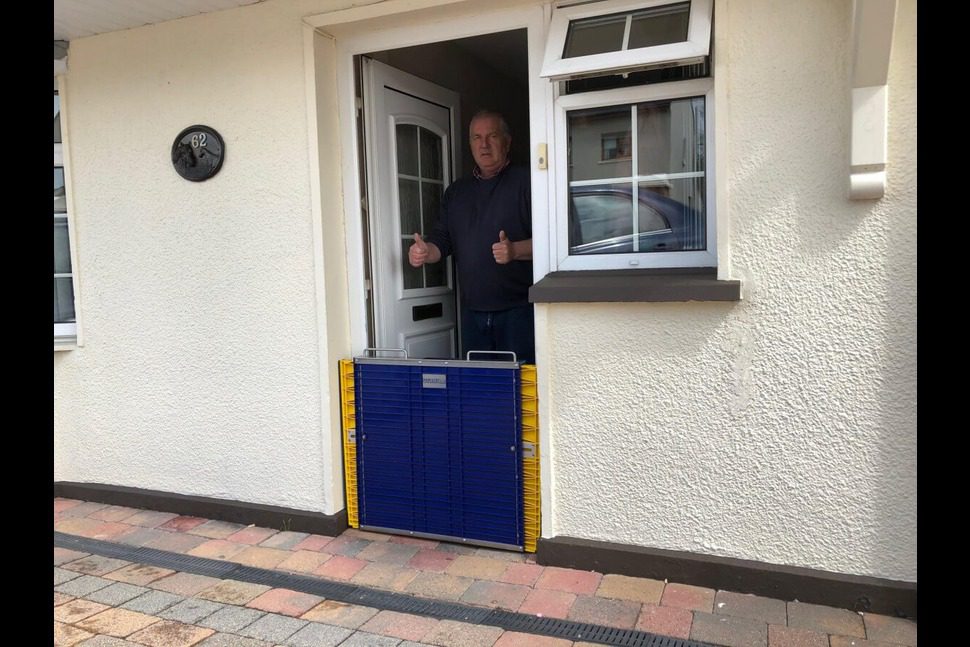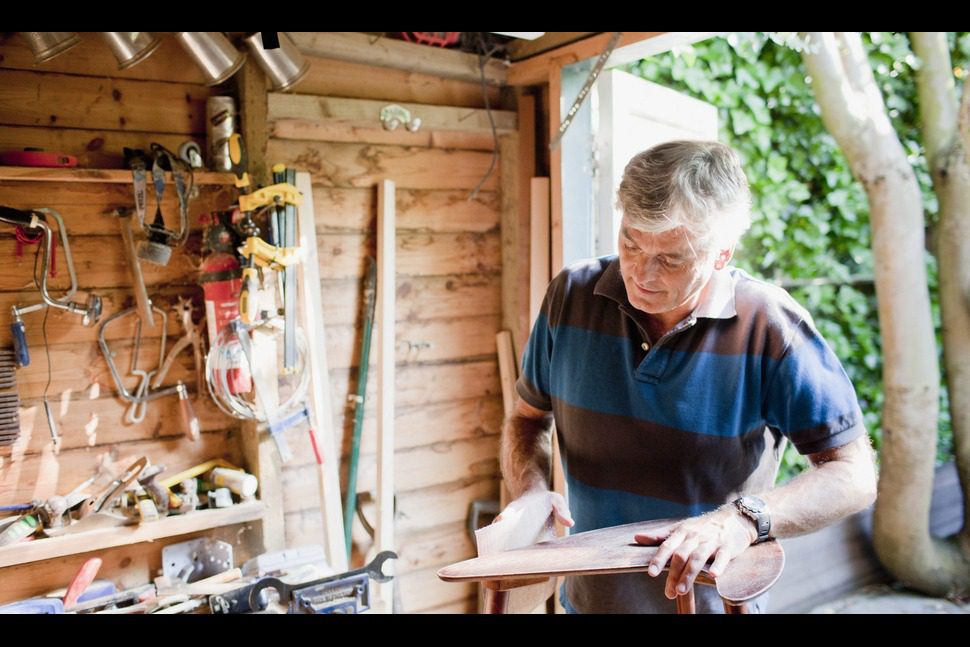
Property Management Tips & Tricks For Success
April 8, 2023
Spring Flood Protection: How to Secure Your Home
April 28, 2023Other Structures, aka Detached Structures, coverage can pay for damage to items such as a fence, shed or detached garage.
Quick Summary
- Other structures coverage is the section of a hazard insurance policy that pays if a fence, shed or other detached structure is damaged on your property.
- Other structures insurance covers damage from causes such as fire, vandalism, or other perils included on your policy.
- Most insurance carriers set the limit for other structures coverage at 10% of the dwelling coverage limit.
Homeowners Insurance, Landlord Insurance & some other Hazard Insurance policies cover not only your dwelling but also other parts of your property. If lightning strikes your gazebo or a windstorm takes out part of your fence, the other structures coverage in your policy may help pay for the damage depending on covered perils under the policy form.
What is Coverage B – Detached Structures coverage?
Detached Structures, aka Other Structures, coverage pays for damage to structures on your property that aren’t attached to your house. This may include the following:
- Fence.
- Detached garage.
- Shed.
- Gazebo.
- Guesthouse.
- Driveway.
- Dock.
Other structures insurance may also cover a swimming pool, but only for perils covered under the policy. If you have a portable above-ground pool that you could take with you to another home, it might fall under personal property coverage. This topic is quite important because reconstructing a damaged pool can be expensive, you’ll want to make sure the appropriate section of your policy has a limit high enough to cover it. However, it is worth noting that home insurance policies do not usually cover the peril of Earthquake or Landslide; pools are more likely to be damaged from earth movement which would only be covered under earthquake insurance, you need to consult your specific insurance carrier for confirmation.
Other structures coverage pays only for the damaged structures themselves — not for anything stored within them. If your shed catches fire and everything inside it is destroyed, the contents would be covered under personal property coverage – you need to be sure that you have sufficient personal property coverage to replace the contents. Other structures coverage would pay to rebuild the shed, but your personal property coverage section would cover the items inside.
Is other structures coverage required?
Detached structures are not required by law; however, if you are covered under Homeowners Insurance, most policies automatically list a minimum of 10% Other Structures Limit of the Dwelling Coverage Limit. Although there is no legal obligation for coverage, you may have a contractual obligation if you have a mortgage on your property. Once your mortgage is paid off, you may elect to self-insure your home and not have to involve an insurance company to take the risk on your behalf.
What does other structures insurance cover?
Other structures are usually covered for the same perils that your house is, including fire, hail, wind and vandalism. Most homeowners insurance policies cover the following perils:
- Fire or lightning.
- Windstorm or hail.
- Explosion.
- Riot or civil commotion.
- Smoke.
- Vandalism or malicious mischief.
- Theft.
- Volcanic eruption.
- A falling object.
- The weight of ice, snow or sleet.
- Accidental discharge of water or steam.
- Sudden and accidental tearing apart, cracking, burning or bulging.
- Freezing of certain household systems or appliances.
- Certain sudden, accidental damage from artificially generated electric currents.
- Damage caused by vehicles or aircraft.
What does other structures insurance not cover?
Most homeowners policies have a detailed list of things they won’t cover. Here are a few of the most common:
Flooding
If heavy rain or an overflowing river sends water seeping into your shed, a standard homeowners policy won’t cover the damage. Homeowners in at-risk areas should look into flood insurance, which is available through FEMA and private insurers.
Earthquake
Most homeowners policies rule out coverage for various types of “earth movement” such as earthquakes, sinkholes, landslides and mudslides. You may be able to buy extra coverage for these disasters.
Routine wear and tear
Insurance is designed as a financial safety net for sudden and accidental losses — not to cover standard home maintenance issues. It is unlikely to help if your aging fence starts rotting or the shingles on your detached garage wear out.
Infestations
Insurers consider preventing damage by termites, mice and other pests to be part of routine maintenance, so your policy generally won’t pay to clean up infestations.
How much other structures coverage do I need?
Most insurance companies set your other structures coverage at 10% of your dwelling coverage limit. For example, if your dwelling is insured for $300,000, Other Structures (Coverage B) would be listed as $30,000. If your Other Structures coverage is not sufficient to rebuild the detached structures on your property, you’ll need to advise your insurance company representative to increase the limit accordingly.
How much does other structures coverage cost?
Other Structures coverage is not separately rated; it is commonly listed as ‘Coverage B’ on homeowners insurance package policies. Homeowners Insurance Policies vary greatly depending on the age, size, characteristics, geographic location, loss history and available discounts.

